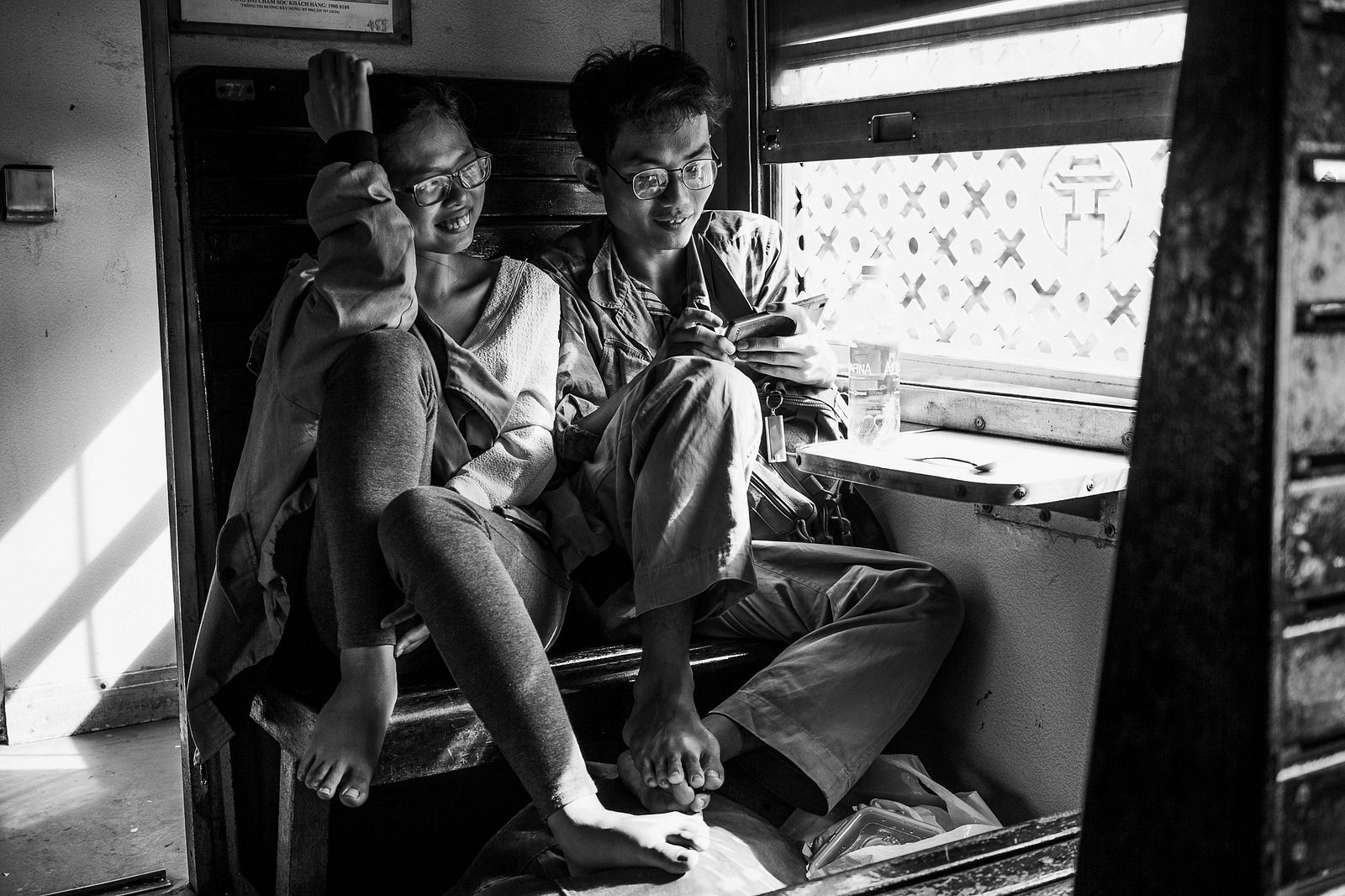From the town to the depths of the misty mountains of Sapa, Bạch Nam Hải embarked on a documentary photographic journey, capturing the essence of local life, the intimate connections between people and nature, and the contrast between the natural landscape and rapid urban development fueled by tourism expansion.
“TRÊN ĐỈNH ĐỔI THAY” (MOUNTAINS OF CHANGE) is a documentary photo series by photographer Bạch Nam Hải, developed over seven years from 2017 to 2024. The photo series captures the transformation of Sapa — a small town and also a tourist destination known for its misty mountains, chilling weather, and vibrant ethnic cultures — amidst the inevitable force of urbanization and tourism development. Images of hotel construction along the hillside, intimate portraits in town and from the mountains, or landscape photos featuring daily lives of the villagers, the photo series captures the reality that the photographer has witnessed, and offers a glimpse into what lies beneath the surface of what tourists usually see — both hidden but also visible all at once.
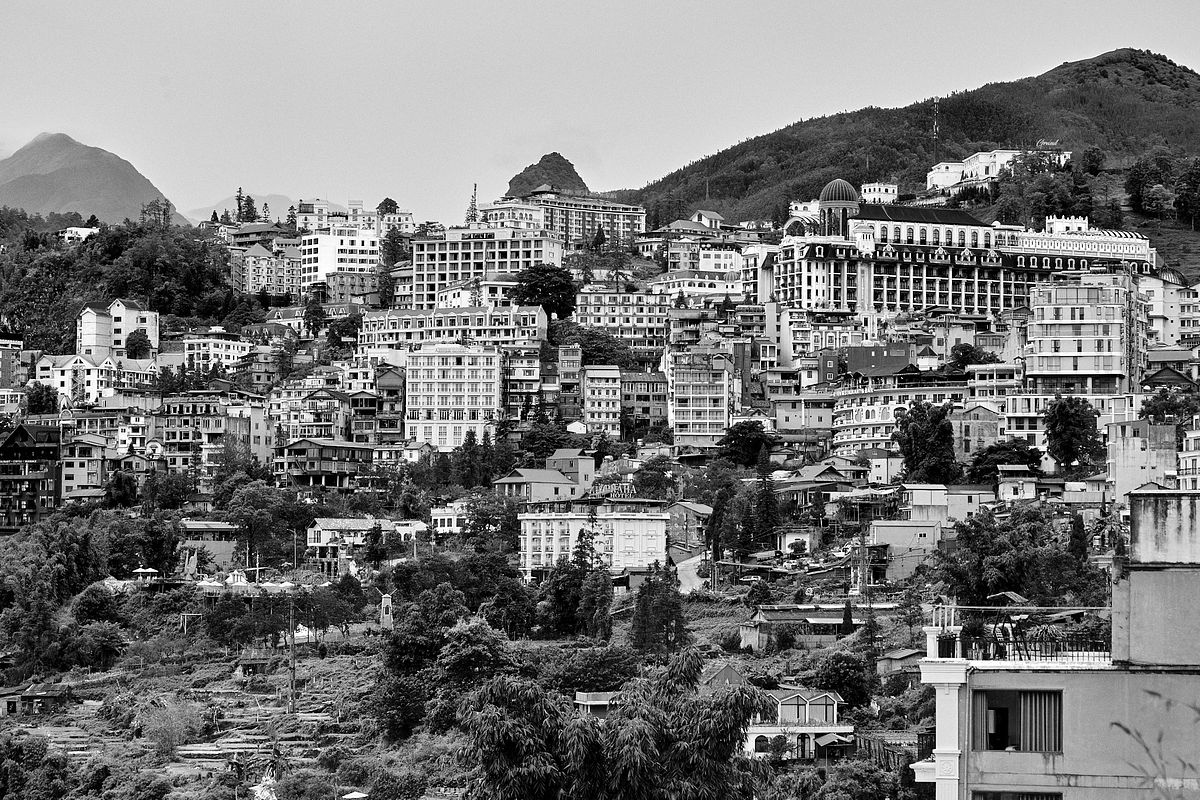
What began as a 10-day visit unexpectedly turned into a three-week stay. After spending weeks wandering from the town through the mountains, encountering local people and witnessing rapid changes happening across the hillsides, Hải was filled with mixed emotions and thoughts. He decided to revisit Sapa again to continue this photo series, which eventually developed into a seven-year photographic journey. He felt that there was a bigger story to be told about this land and its people, and he captured everything through documentary photography, with the aim of documenting real moments happening in front of his eyes.
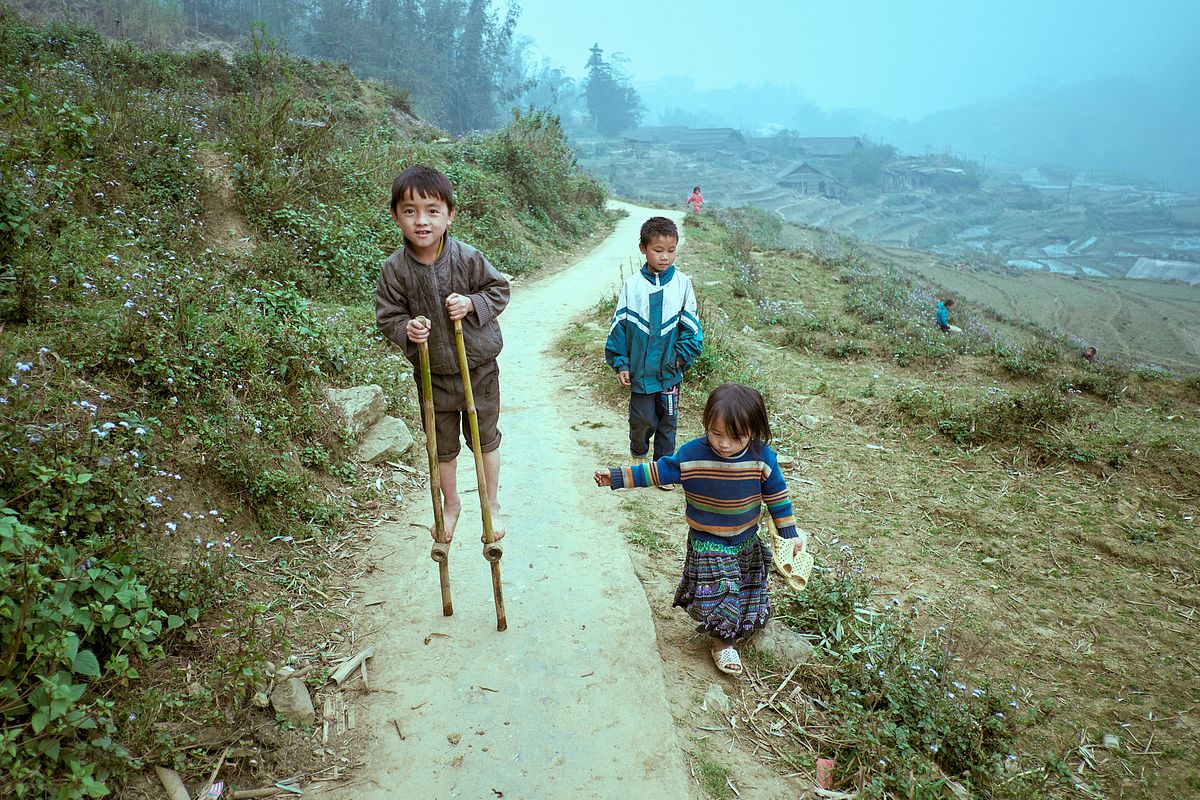
Even before the rise of social media marketing and large-scale tourism today, Sapa had already become a tourist destination dating back to the early 20th century during French colonization. Since then until now, the town has witnessed massive waves of developments, new immigrants, businesses, and large-scale investments. Home to the ethnic minority communities and its misty mountains and cool weather, Sapa has been known for its photogenic destination for visitors who come in search of serenity and a sense of healing in nature, with iconic sites such as Sapa’s central square (Quảng trường Sa Pa), the Sun Plaza clock tower, Mường Hoa Valley, and Cát Cát Village, etc.
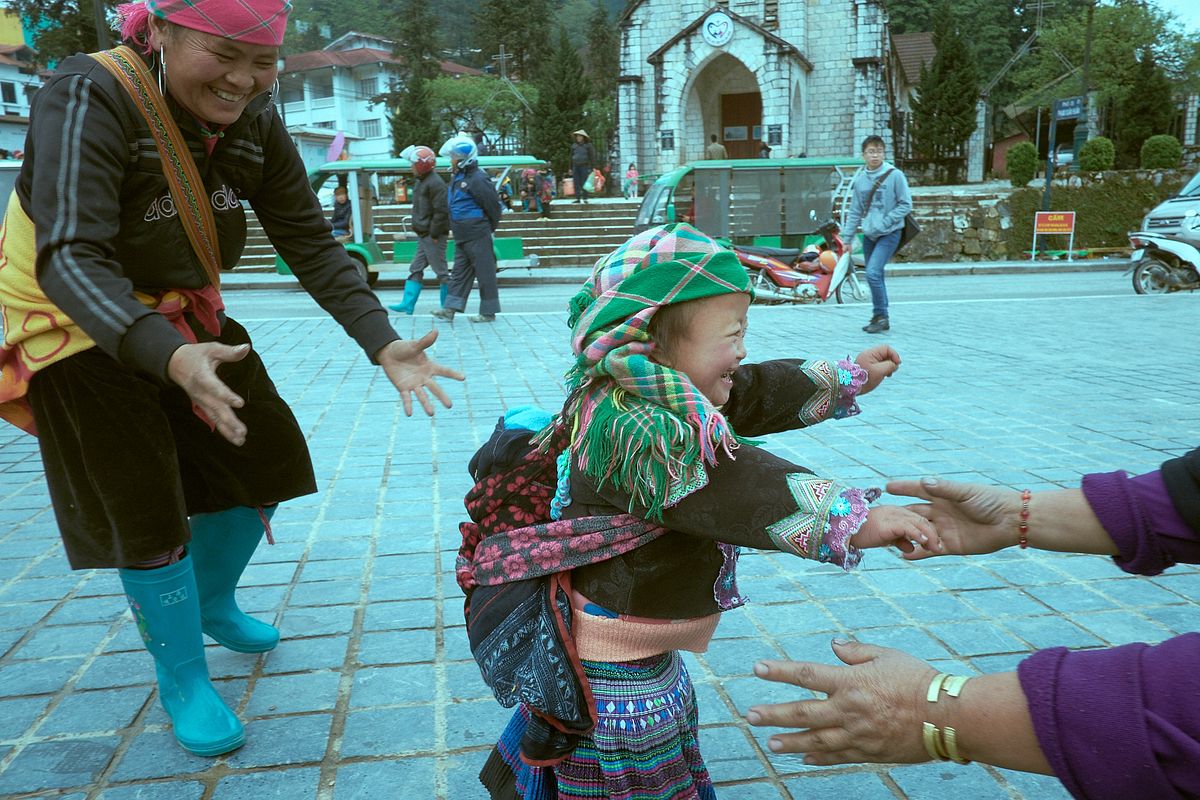
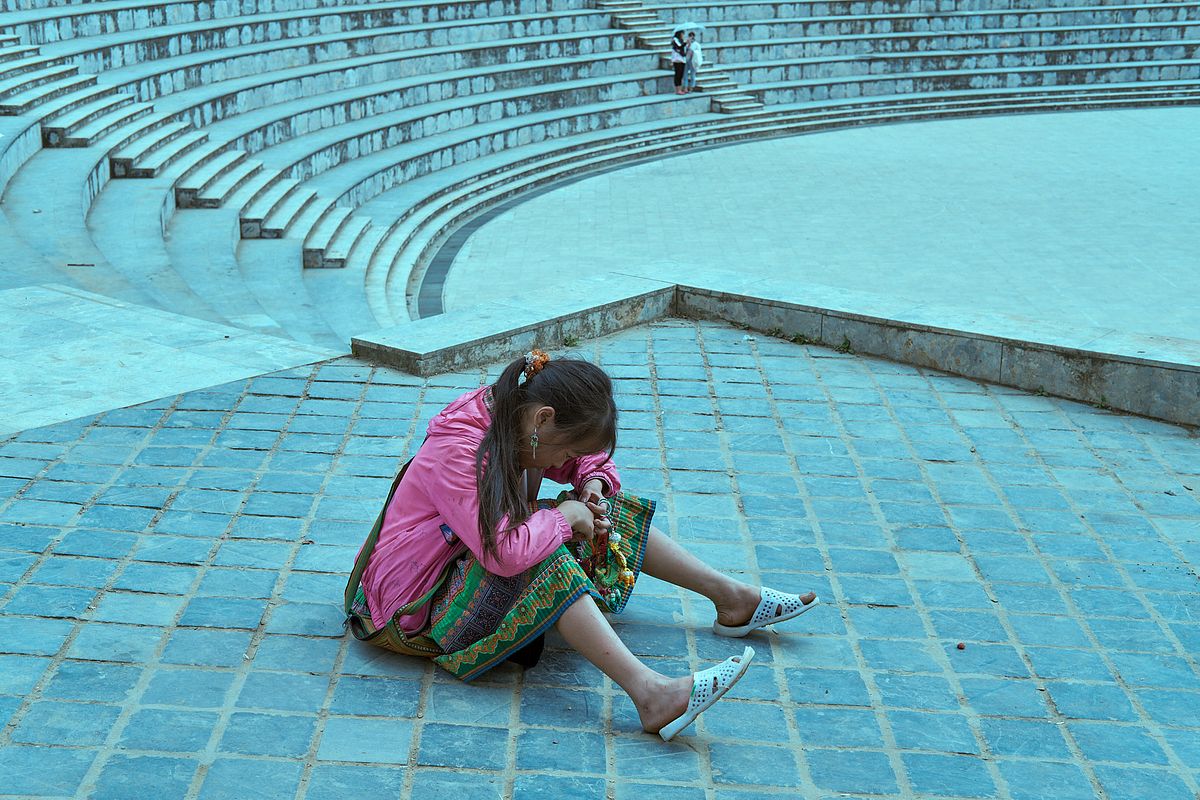
To meet the ever-growing demand from domestic and international tourists, new hotels and homestays are continuously being built, stretching beyond the town and reaching the untouched hillsides. In Bạch Nam Hải’s black-and-white photographs, the contrast between the vast landscape against the tough structures of concrete and steel reflects the reality of rapid urbanization and investment. This visual tension brings out a fragile in-between state — neither past nor future, but a present caught in transition and filled with uncertainties — of a town undergoing “work in progress” with nostalgia, and conveying a sense of melancholy for the disappearing natural landscapes.
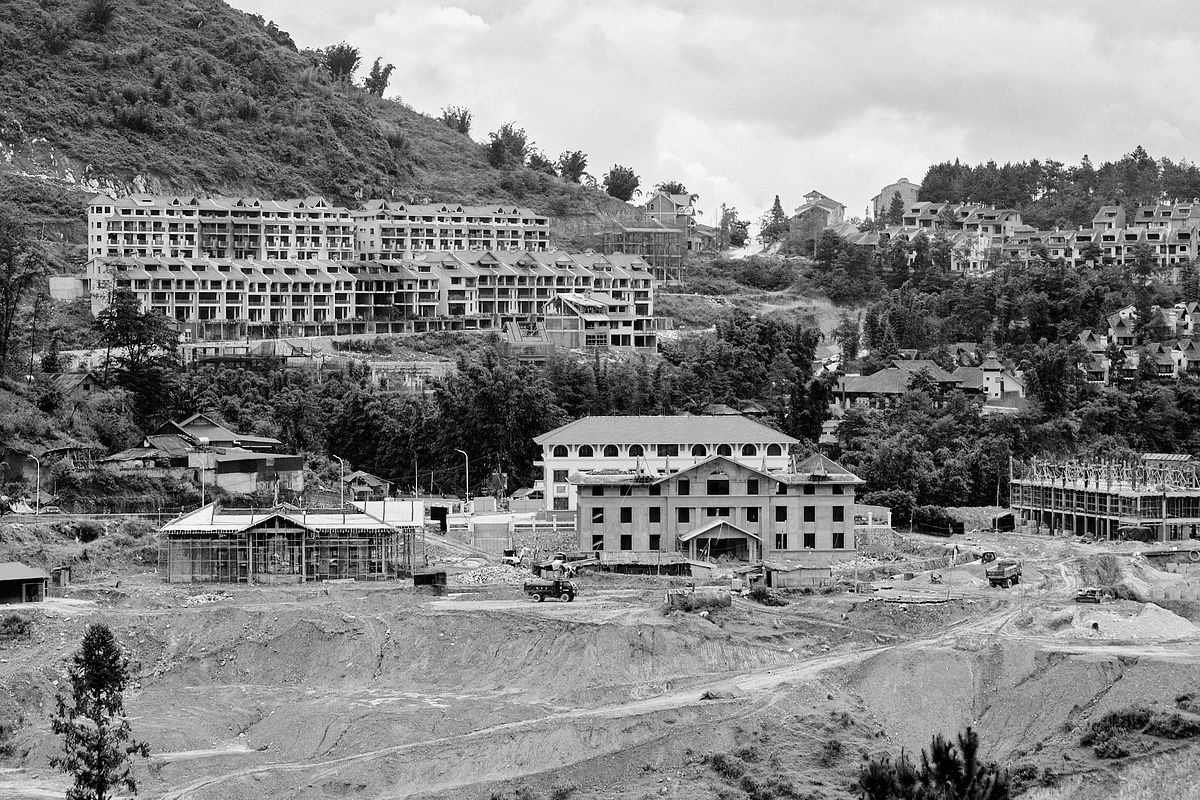
Anyone who has visited Sapa at least once has likely encountered young children or people dressed in traditional thổ cẩm brocade attire, approaching tourists to sell handmade souvenirs. While many tourists find themselves fascinated and curious, often pulling out their phones to capture the moments, Bạch Nam Hải’s photographs unfold a deeper narrative behind those interactions. It shows that the children are not only selling goods in touristy areas, but they are also navigating a world where tourism has become a central part of their lives. Through both candid scenes and intimate portraits, it feels like the children are compelled to grow up quickly against the rapid changes of urbanization and development. With modern western-looking buildings and natural landscapes in the background, the photographs subtly question the cost of progress and draw attention to the often-overlooked realities of people’s quality of life in this town.
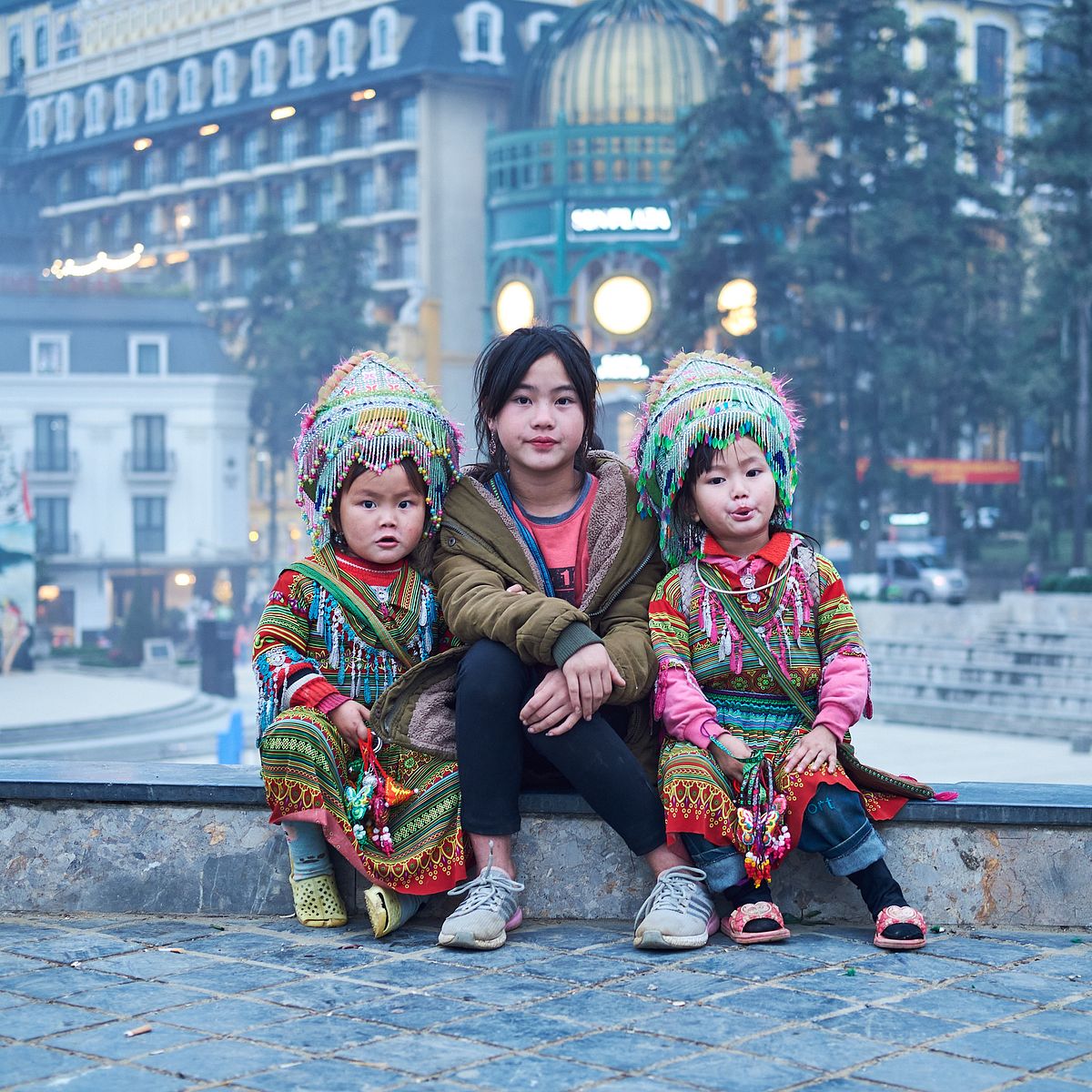

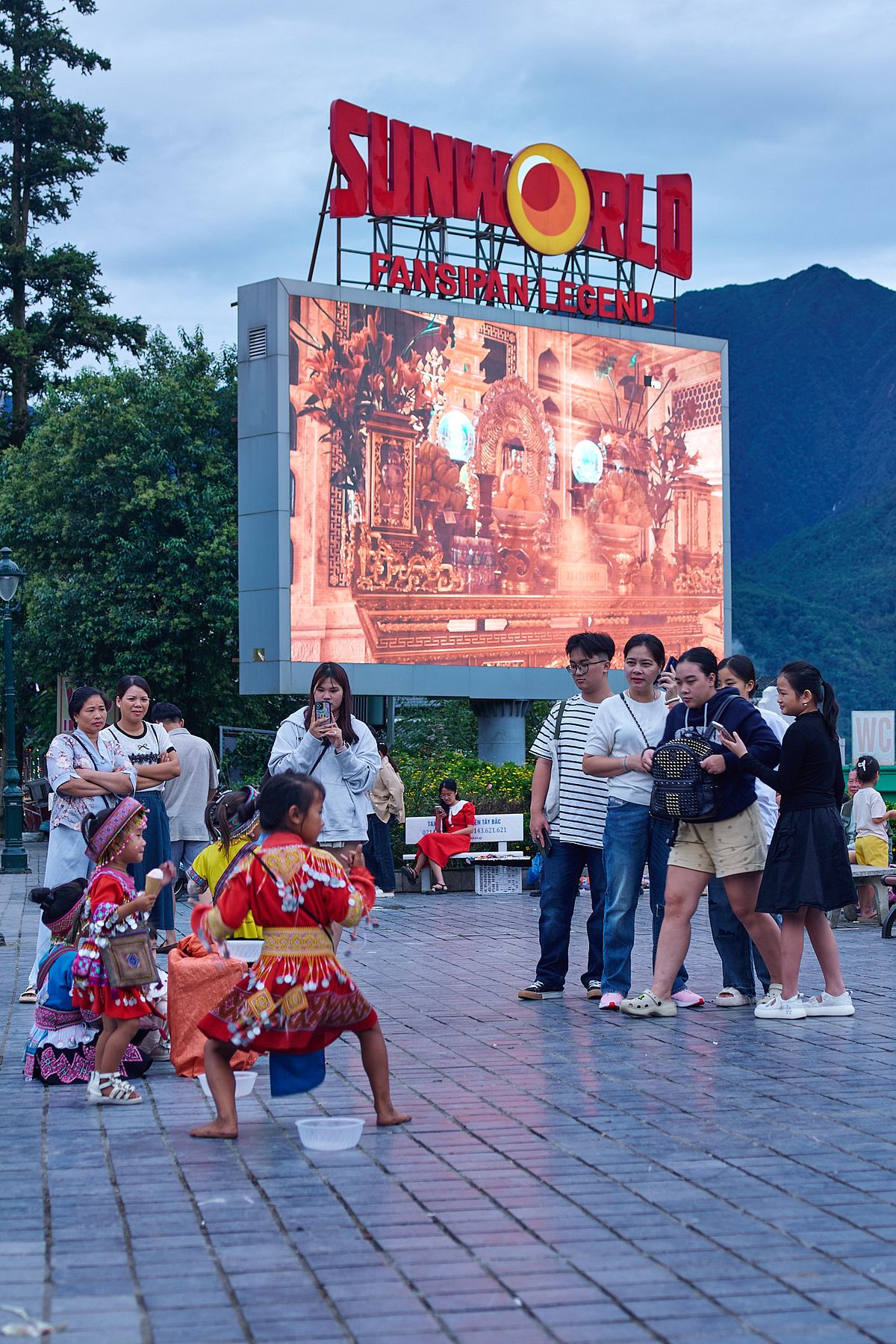
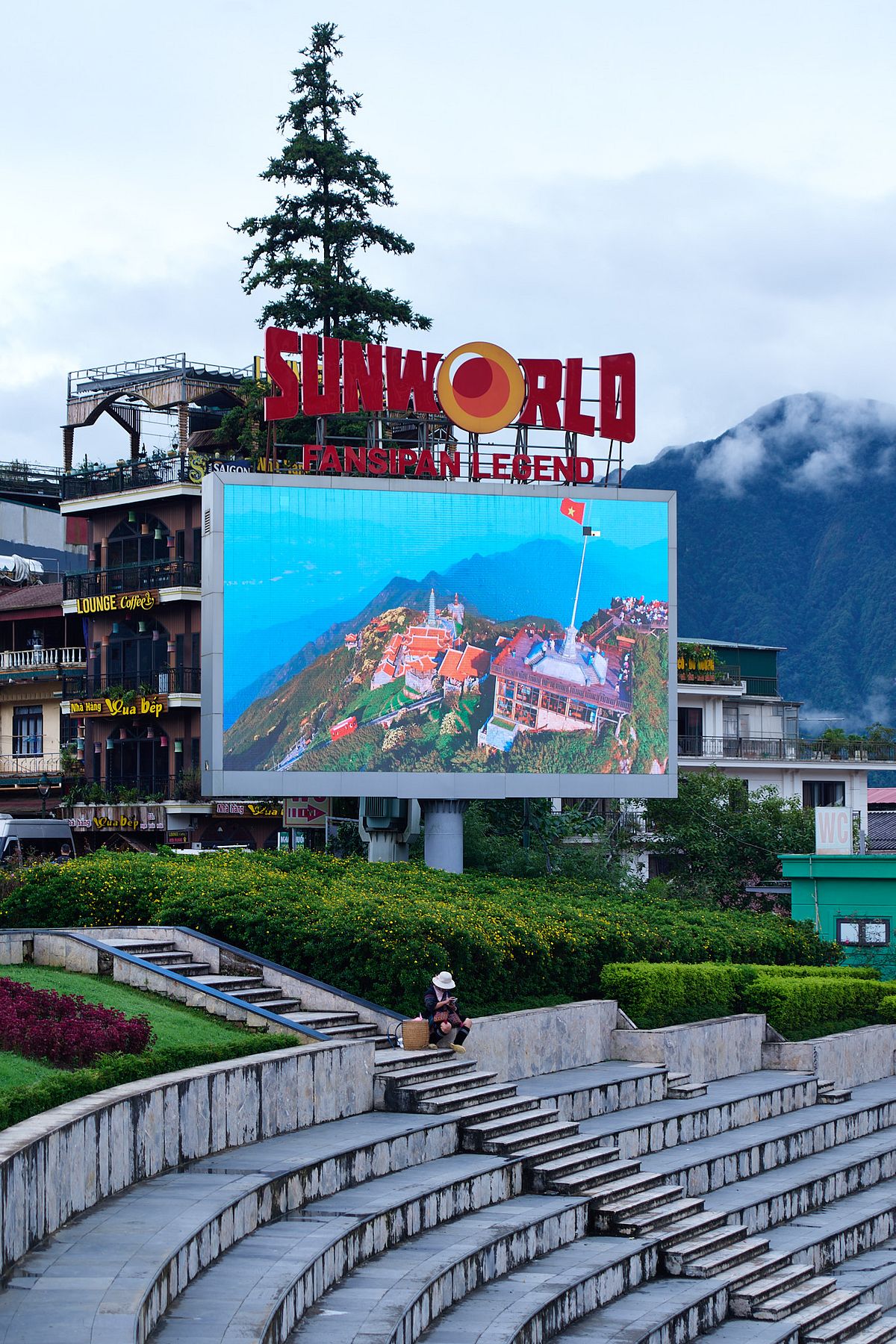
Moving beyond the town, the photographer ventured deep into the mountains, where he found himself immersed in vast natural landscapes and the quiet and intimate rhythms of village life. To capture such close-up and personal images, he spent time walking alongside the locals, engaging in conversations, and quietly observing their daily routines. His photographs captured on the mountains reveal tender and unguarded moments of children smiling into the camera, standing beside their pets, carrying younger siblings, or women carrying large bundles of vegetables on their backs. These scenes evoke a profound sense of nostalgia, a glimpse into a way of life deeply connected to nature. Perhaps, the nostalgia arises from the rarity of honest and genuine human interactions today, creating a sense of timelessness in these portraits that feels both fleeting and enduring.
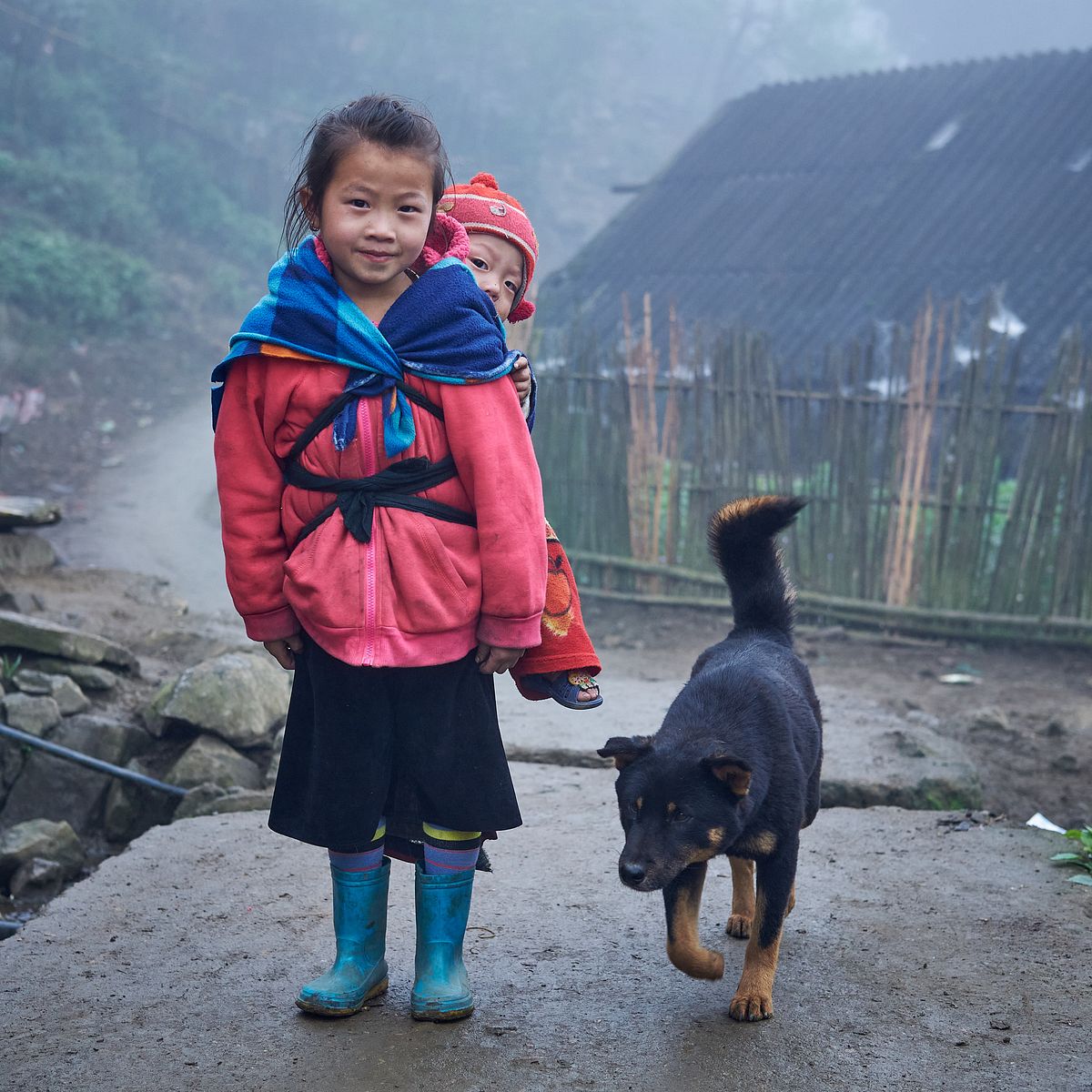



Developing a long-term documentary project requires a deep commitment, especially when a photographer must return to the same place over time. When asked about how to sustain such a process, Bạch Nam Hải reflects on it from both professional and personal standpoints. Beyond his skills as a professional photographer, he emphasizes the importance of lifelong learning and staying engaged with a community of fellow photographers. He believes the world is full of fascinating moments unfolding every day, but only a few stories we are fortunate enough to encounter, and even fewer carry the weight and message of their time, deserving to be told and shared more widely. For him, it’s about following instinct and documenting reality through the language of photography.
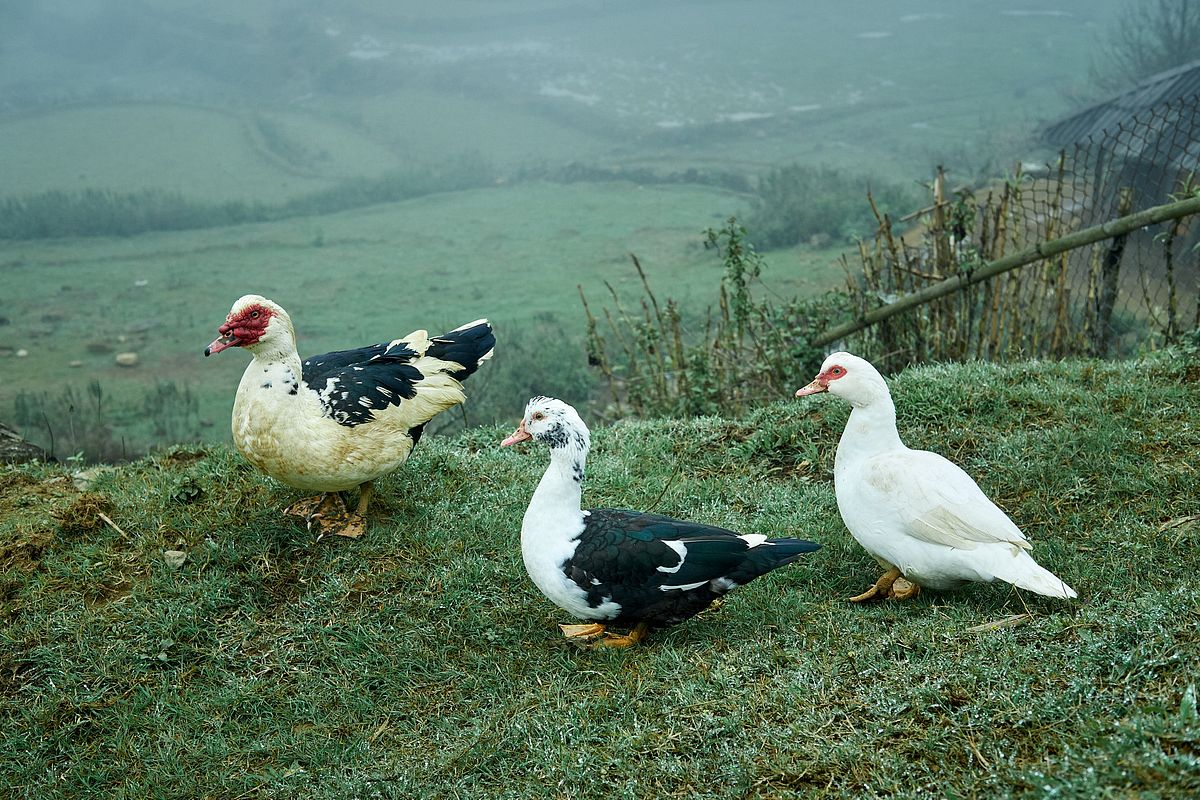

“I noticed that most of the ethnic minority locals mainly move around on foot, so I also made a habit of walking. I wandered everywhere, from the town center deep into the villages. Along the way, I would initiate conversations with the locals, picking up a few phrases in H’Mông and Red Dao languages to chat. Many conversations actually began when street vendors approached me to sell souvenirs. I would gently decline, then casually chat with them — just like how strangers sitting next to each other on a train or bus, end up talking about everything in life,” Bạch Nam Hải told Saigoneer in Vietnamese.
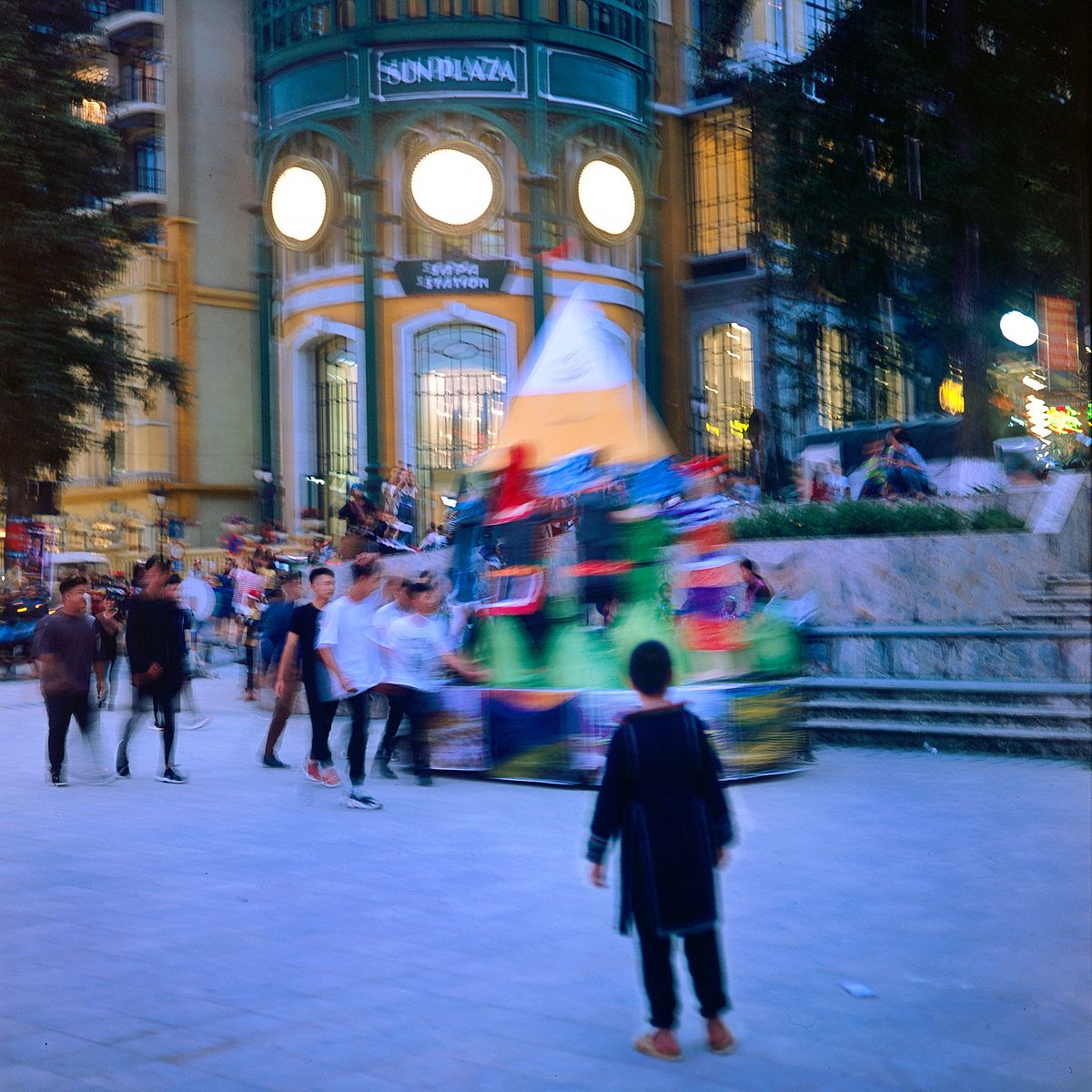
The documentary photo series highlights the ongoing tension between Sapa’s traditional local lifestyle and the rapid expansion of tourism and large-scale investment. Yet, there exists a tender intimacy: moments of daily life, human interactions, and portraits of locals that offer a human counterpoint to the larger narrative of change. The innocent eyes of the mountain children, captured in Hải’s photographs, evoke a sense of happiness at the moment. But as the viewer lingers and places these images within the broader context of Sapa’s rapid development, a subtle sense of concern about the future of this land begins to surface: how can urbanization and economic growth align with the preservation of culture and nature? And more urgently, how can sustainable tourism evolve in ways that genuinely improve the lives of local communities?
More information on Bạch Nam Hải’s “MOUNTAINS OF CHANGE” and his upcoming publication on the photo series can be found on this website.





